Tips for Preventing Separation Anxiety

by Lara Shannon
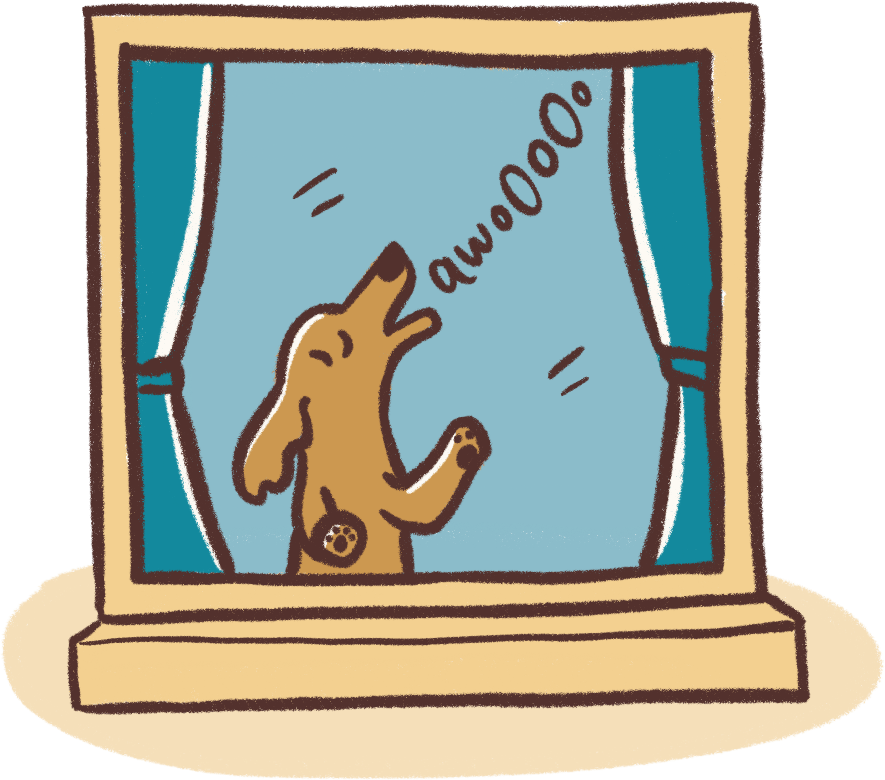
Separation Anxiety and other Separation Related Behaviours affect many dogs and cats.
Signs of anxiety in dogs include trembling, licking of lips, pacing, increased drooling or salivation, shaking or a decrease in appetite, vomiting and diarrhoea.
You may notice some of these as you get ready to depart, or find your dog isn’t eating when left alone, or is whining, barking, toileting inside the home or chewing, digging, trying to escape, over excitement when you return home and other destructive behaviours.
For cats it includes many similar behaviours as well as excessive grooming or eliminating outside of the litterbox.
It’s important to remember that Separation Anxiety is a serious issue and pets don’t “just get over it”. The more they experience it, the worse it gets, so you must treat a dog with separation anxiety as soon as possible.
Here’s my Top Ten Tips to help.
1. Create some separations while at home
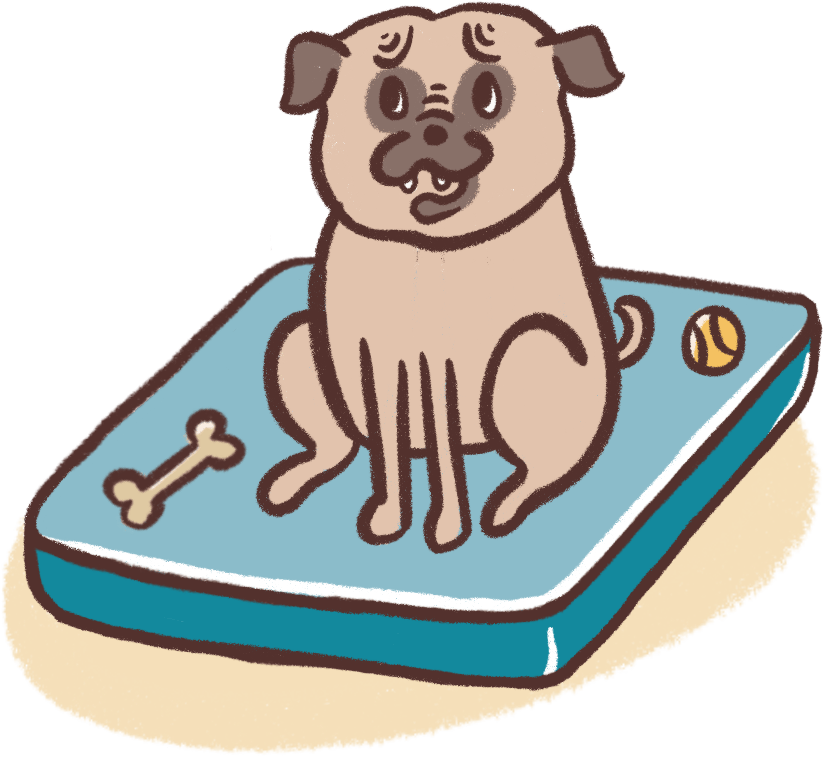
When you are at home, create frequent separations from your pet so they aren’t used to being in your company 24/7. Encouraging 3-5 separations a day can help.
Set your dog or cat up in a quiet room away from you, or in the backyard, and create a positive association with this by leaving them with their bed, favourite toys and a raw, meaty, appropriate-sized bone, long lasting chew or interactive toy to play with.
Crate training can be good for dogs, as long as you train them properly and never send them there in punishment. Use positive reinforcement behaviour training to put it on cue such as “Go to your crate,” or “Go to your place” and send them there with a treat, toy or long lasting chew.
If you have a puppy, encourage independence straight away by not responding to every whimper and giving them what they want every time they ‘ask’ for it.

2. Exercise and routine
Dogs require DAILY exercise appropriate to its breed age and temperament. For the large majority of adult dogs this means between 30 mins to 2 hours a day, more for active breeds.
Keeping to a regular exercise and feeding routine can benefit anxious dogs, as can ensuring they get out of the house for a walk and to have a sniff around their local area before leaving them alone. Hire a dog walker if you are unable to walk them yourself each day.
Provide cats with a tower or perch by the window so they can watch the outside world.
3. Interactive toys and ‘scenting’
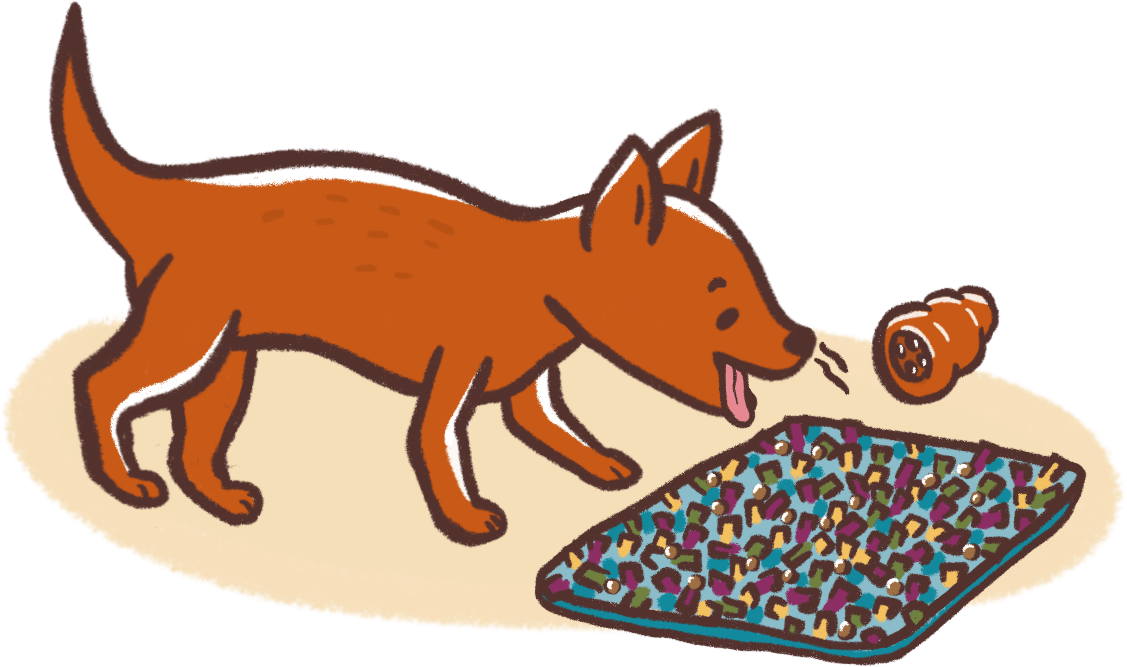
Nose work and scenting games that tap into your dog’s natural hunting instincts are a great way to help keep both boredom and anxiety at bay. Try hiding your dog’s treats or kibble around the yard or lounge so they can spend some time on their own foraging for their food, which is a great tool for some independence training.
Enrichment toys such as Kongs, treat dispensing interactive toys or food puzzles help to provide both dogs and cats with the extra mental and physical stimulation and exercise that they need to help keep boredom and anxiety at bay.
Rather than leaving them 24/7 access to their toys, instead leave them with one comfort toy, plus 2 – 3 interactive toys, and rotate these regularly. Choose ones that won’t spook your pet, as hard, noisy ones, especially on floorboards, can spook many anxious pets.

4. Let dogs inside when left alone
It’s important to provide an environment in which your dog or cat can relax and feel safe when nobody is home. For many dogs that might otherwise be left outside, simply providing them with access to inside the house can make a huge difference, sometimes even solving the problem immediately.
Ideally, they will have access to an area that you spend a lot of time in (so your scent is all around). Given access to the whole house when nobody is home, most dogs will choose to lie on their primary carer’s bed. This has been the key to solving quite a few cases where restricted access inside the home hasn’t worked.

5. Desensitise them to your departure
Dogs are watching our every move, so both dogs and cats can work themselves up into a state before you have even left the house if you always have the same routine when you head off to work.
There’s a couple of ways to do this which includes changing the order of your departure routine constantly, as well as normalising some of your departure sounds and movements by rattling your keys and grabbing your bag, but not actually leaving the house, so they are not associated with you leaving every time.
6. Keep your arrivals and departures calm.
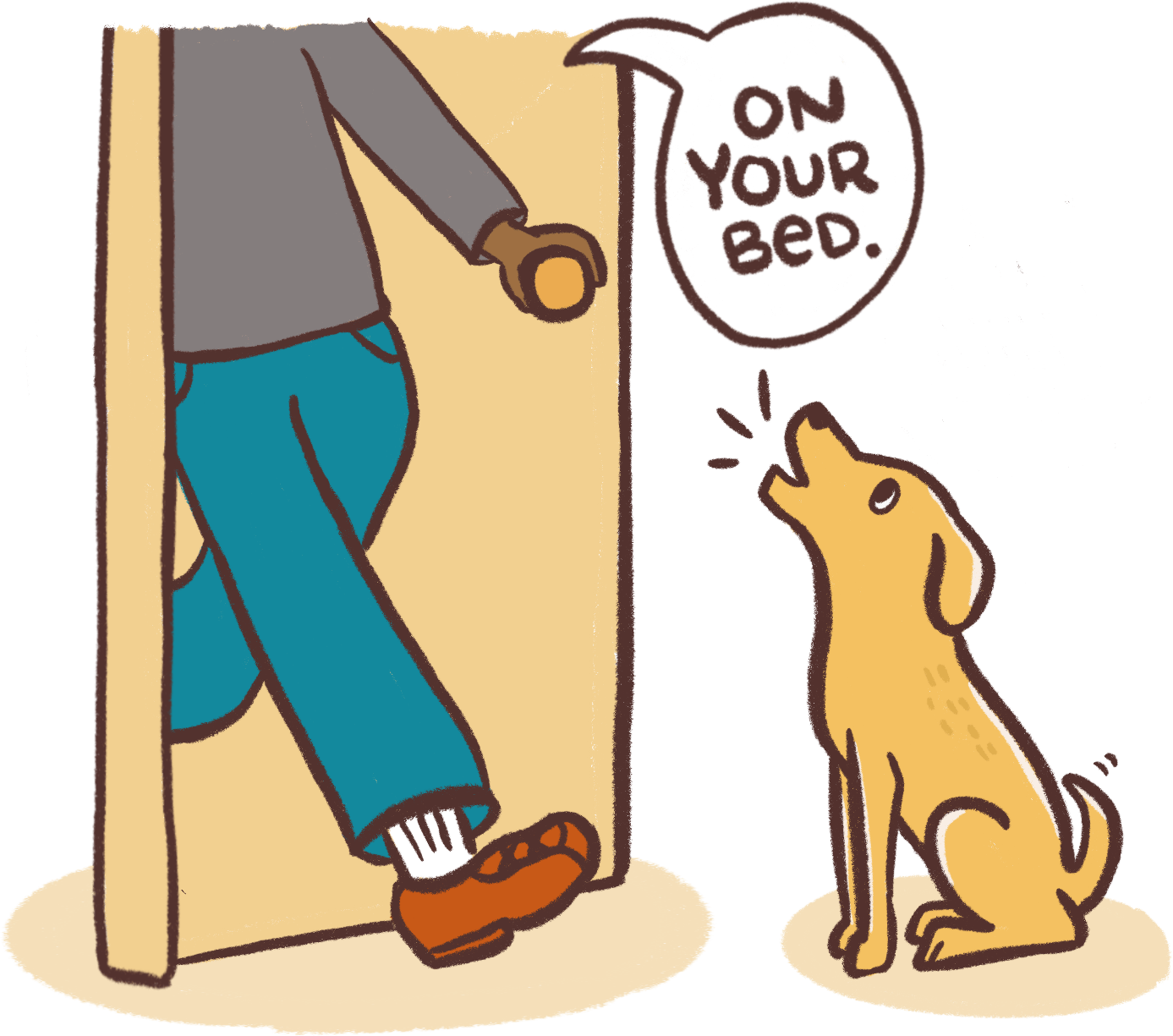
After every separation, walk inside and ignore any excited jumping, barking or other attention seeking behaviour.
You can verbally acknowledge particularly anxious dogs or cats as you enter in a calm, positive voice but to avoid reinforcing their over-excitement, keep moving into the home and wait to give them focused attention and pats once they have calmed down, stopped jumping or barking/meowing.
Using an alternative behaviour such as ‘sit’ or ‘on your bed’ and rewarding them with the attention and pats they want when they have done that is also a good way of diverting their behaviour.
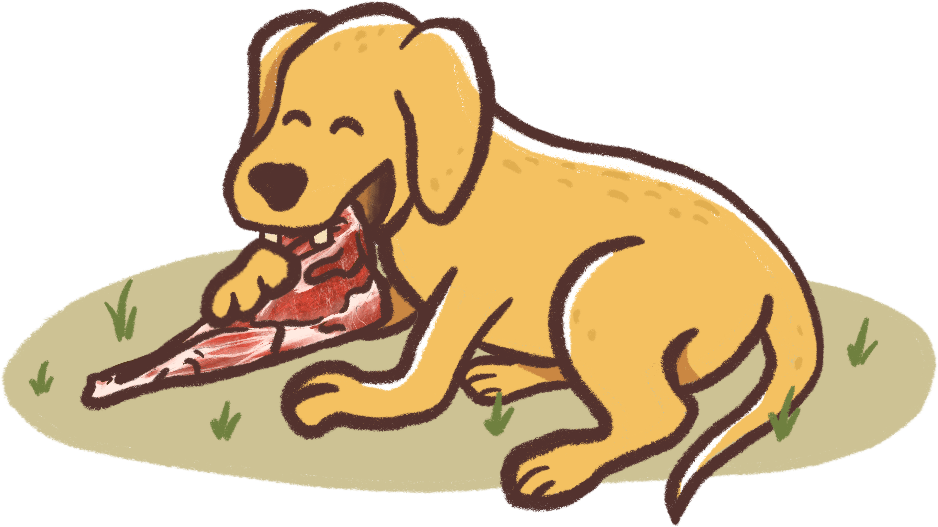
7. Slowly build up their time alone
The key is to start with short periods of positive alone time then slowly increasing the time they are left.
For dogs, a good exercise to do is to take them for a 20-minute walk and then give them a long-lasting chew, or appropriately sized bone for an occupier. Make sure they are hungry before you do this exercise and calmly leave the house and walk around the block by yourself, making sure you arrive home before they have finished working their way their occupier.
The goal is to ensure you are always returning home while they are still eating/chewing and then slowly work on extending the time you are away. Set up a phone or camera to record how long they wait to start eating, or any other reactions, as the more information you have the better to talk to your Vet or devise new strategies with.
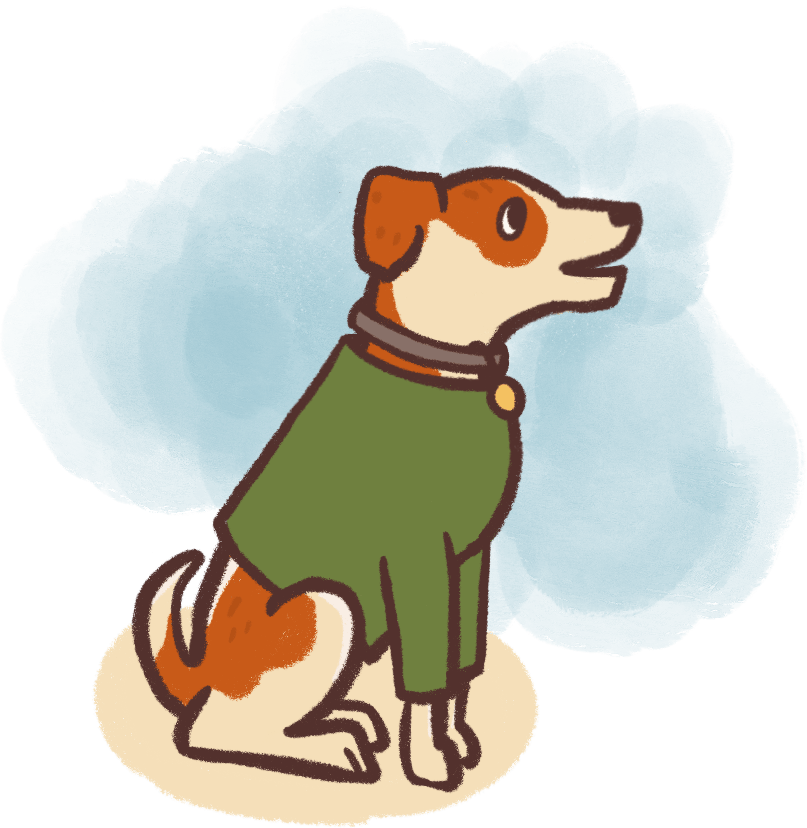
8. Create a soothing environment
Calming pheromone sprays, collars and diffusers such as Adaptil for dogs and Feliway for cats may assist in helping to reduce anxiety in your pets. A Thundershirt can also help if your pet is extremely anxious. It is an anti-anxiety weighted coat, that works to calm their nerves if they are feeling anxious, overexcited or fearful, particularly during thunderstorms.
Quite calm music can also help some pets cope with anxiety and can also help to mask outside noises that might trigger anxiety. Dog TV is a subscription service that has been designed specifically for dogs and has a number of programs for promoting calmness.
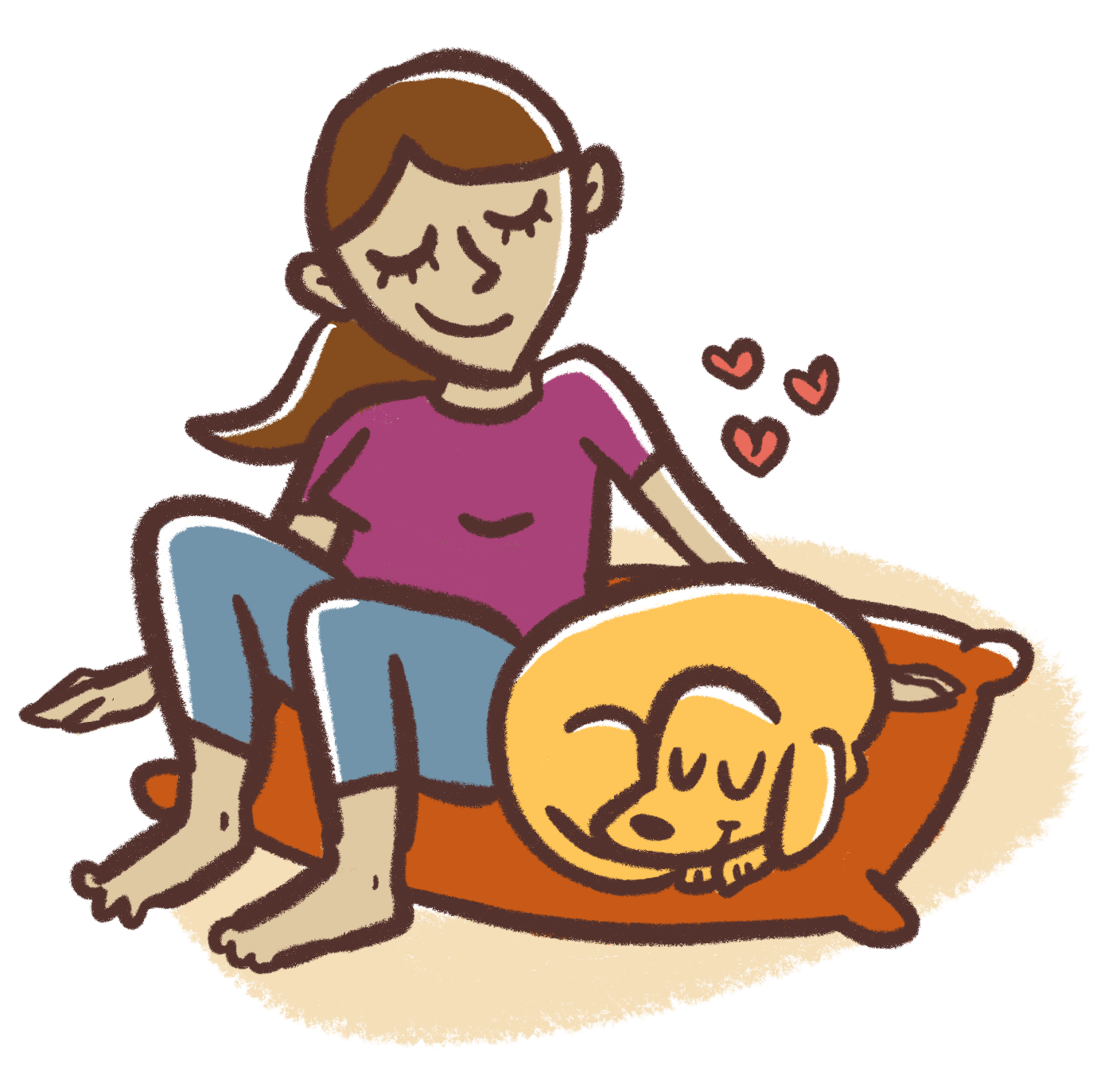
9. Break up the day with human company
The Number One thing they generally want is human company. It often doesn’t even need to be yours, so see if friends or family can help out, or consider doggy day care, a dog walker or a cat visit service where someone will come spend some time with your cat.
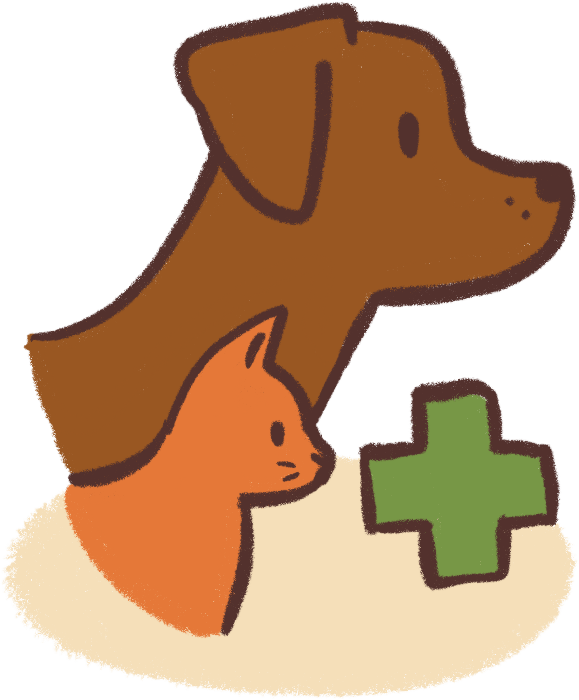
10. Seek professional help
If your dog suffers from severe separation anxiety it is important to seek the advice of a vet, ideally a vet behaviourist, or experienced dog or cat trainer, to help provide some other solutions, which may include medication.
For some pets their anxiety can be likened to a panic attack like we humans may experience, causing them to engage in destructive and self-harming behaviours. It’s so important that you never punish your pet for their behaviours coming from a place of fear, as this makes the fear and anxiety worse, as well as problem behaviours worse.
This includes never telling them off when you get home for something they have done in your absence. A dog can only associate the reward or punishment of a behaviour at the time they are displaying it (and no more than 3-5 seconds afterwards), so they will have no idea why you are punishing them after the fact.
You can read more about this and why you assume your dog looks guilty after doing something “bad” while you were out (which is NOT the case) HERE.
About the Author

As a one of Australia’s most well-known animal welfare advocates, Lara Shannon is passionate about educating and empowering people to help improve the lives of companion animals. A certified dog trainer & behaviourist, and pet food nutritionist, Lara is the Executive Producer and Host of Channel 10's Pooches at Play, is featured in The Pet Rescuers on Channel 9 (Series 1) and Author of ‘World of Dogs’ (October 2021) and ‘Eat Play Love (Your Dog)’ (June 2020), published by Hardie Grant Books.
Lara is regularly featured in the media and can be seen on stage at many events throughout the year with her cheeky rescue ‘Dynamite Darcy’ by her side. Vindi, her most recent rescue dog, is blossoming in his role of canine co-host of Pooches at Play alongside little Darcy.
For more information visit larashannon.com
